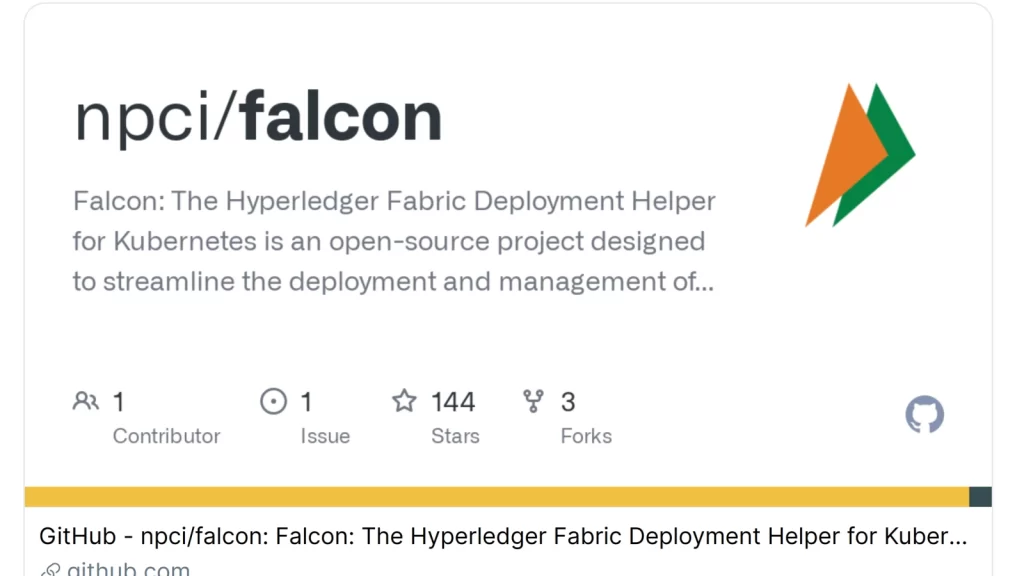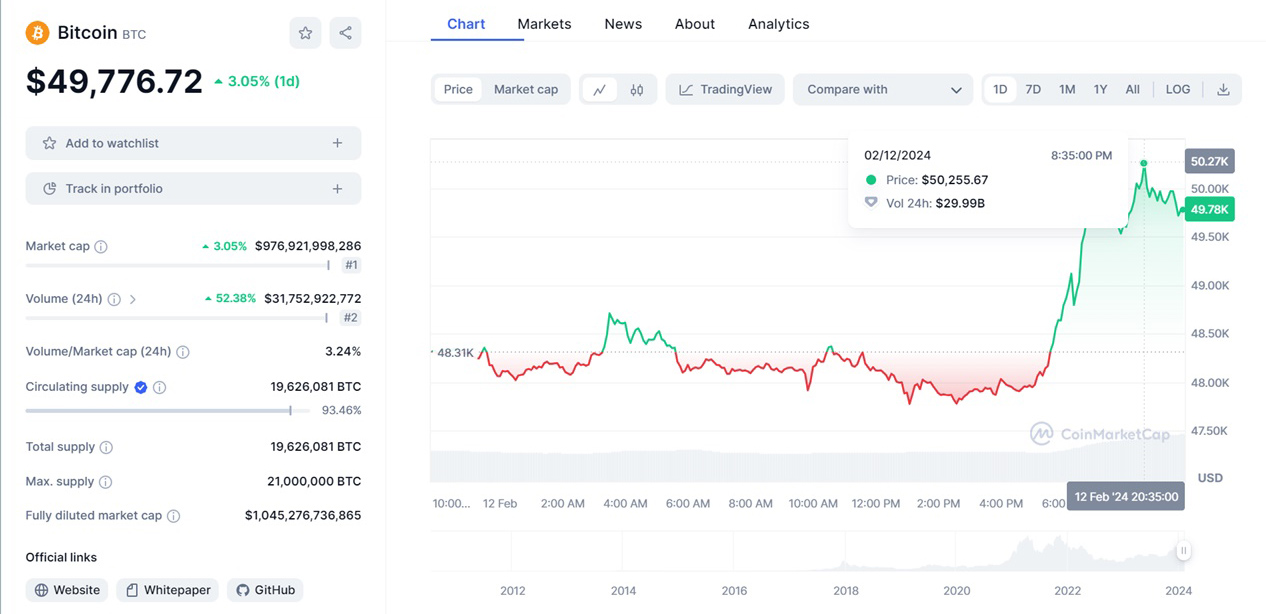The National Payments Corporation of India (NPCI) has taken a significant step towards embracing blockchain technology with the launch of ‘Falcon,’ an open-source project aimed at simplifying the management and utilization of blockchains. Although India has maintained a cautious stance towards cryptocurrencies, the country is actively exploring the potential of blockchain solutions. Falcon leverages the power of Hyperledger Fabric and Kubernetes to offer efficient and automated deployment of blockchain networks, fostering innovation in payment solutions.

Unveiling Falcon: A Breakdown of Details
- Hyperledger Fabric and Kubernetes Integration: Falcon stands at the crossroads of Hyperledger Fabric and Kubernetes, bringing together the strengths of both technologies. This unique fusion aims to streamline the development and maintenance of advanced-grade blockchain solutions.
- Empowering Developers: With Falcon, developers, blockchain enthusiasts, and enterprises gain access to a powerful tool for deploying Hyperledger Fabric-based networks efficiently. The project seeks to democratize the creation of blockchain solutions, making it more accessible and user-friendly.
- Efficient, Reliable, and Automated Deployment: NPCI’s official statement emphasizes Falcon’s role in ensuring efficient, reliable, and automated deployment of Fabric networks. This feature enhances the user experience and facilitates quicker innovation in the realm of blockchain-based payment solutions.
Understanding Hyperledger and Kubernetes
- Hyperledger Fabric: Initiated by Digital Asset and IBM, Hyperledger Fabric is a permissioned enterprise blockchain network. It serves as a foundational framework for creating various blockchain-based products and solutions. NPCI’s integration of Hyperledger Fabric showcases its commitment to fostering blockchain innovation.
- Kubernetes Clusters: Developed by Google engineers, Kubernetes is an open-source platform designed for managing containerized applications. A Kubernetes cluster comprises nodes that execute containerized applications, offering automation for operational tasks and scalability.
NPCI’s Forward-Thinking Approach
- Combining the Power: NPCI’s Falcon project strategically combines Kubernetes and Hyperledger Fabric, aligning their capabilities to simplify blockchain solution development. This synergy is poised to catalyze the creation and maintenance of intricate blockchain solutions.
- Positive Industry Reception: The launch of Falcon has garnered commendation from various quarters. Many experts predict that this initiative could expedite the delivery of blockchain-based solutions and elevate the overall developer experience.
- Past Endeavors: NPCI’s innovative drive isn’t new. In 2020, the organization introduced ‘Vajra,’ a blockchain-based system focused on automating payment clearing and settlement processes for NPCI products.
What is NPCI’s Falcon project?
Falcon is an open-source project by NPCI aimed at simplifying the creation and management of advanced-grade blockchain solutions by integrating Hyperledger Fabric and Kubernetes technologies.
How does Falcon benefit developers?
Falcon empowers developers, enthusiasts, and enterprises to deploy Hyperledger Fabric-based networks efficiently, fostering quicker innovation in blockchain-based payment solutions.
What is Hyperledger Fabric?
Hyperledger Fabric is an enterprise-level permissioned blockchain network that serves as a foundational framework for creating various blockchain products and solutions.
What are Kubernetes clusters?
Kubernetes clusters are a set of nodes that run containerized applications, offering automation for operational tasks and scalability.
Why is Falcon significant?
Falcon’s integration of Kubernetes and Hyperledger Fabric simplifies blockchain solution development, potentially expediting the delivery of solutions and enhancing the developer experience.




